Olympic Vs Standard Barbell: Difference Explained
Author:
Unlock your full potential by engaging with our experts and community! Have questions about your fitness journey or looking for expert advice on weightlifting techniques? Don’t hesitate — leave a comment below and Ihor Shymechko will provide a personalized answer and insights to help you reach your goals.
Torokhtiy is reader-supported. Some links are affiliate links, and we may earn a commission at no extra cost to you. See our disclosure page for details.
Barbells are an essential workout tool for strength training and muscle building.
They’re used in most fundamental exercises that include weight training, such as squats, deadlifts, and bench presses. They come in different shapes and sizes, the most common being a standard or an Olympic bar.
Let’s compare the Olympic barbell vs standard barbell and see which one is best for you.
Olympic barbell VS Standard Barbell
The main takeaways from Olympic barbell VS standard barbell are:
- Olympic barbells have standardized dimensions, while standard barbell sizes can vary
- On average, Olympic barbells are made from higher-quality materials, so they will perform better and last longer
- Rotating sleeves are a big difference between Olympic and standard bar
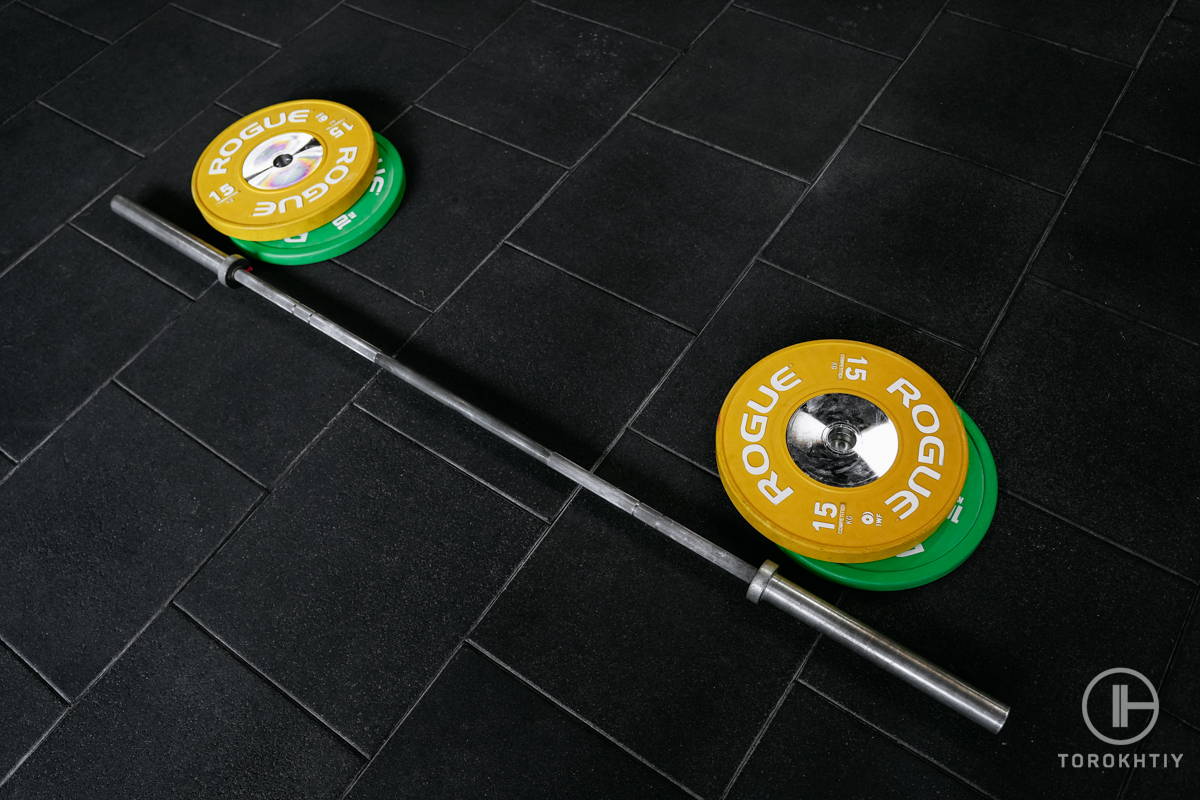
What Is a Standard Barbell?
A standard barbell is a piece of workout equipment primarily used in lifting exercises such as squats, deadlifts, and bench presses. The standard barbell size is shorter and lighter than Olympic barbells.
The usual maximum weight capacity of a standard barbell can vary from brand to brand, however, the average is usually from 100 to 300 pounds. A standard bar is sometimes referred to as a one-inch or 1-inch bar due to it usually having a shaft and sleeve diameter of one inch.
Standard barbells typically have threaded sleeves that fit screw-on weight plates with a 1.1 inch inner diameter. Getting a standard bar is a good starting point for building a garage or home gym.
Pros & Cons Of Standard Barbells Are:
Positives:
Could be better:
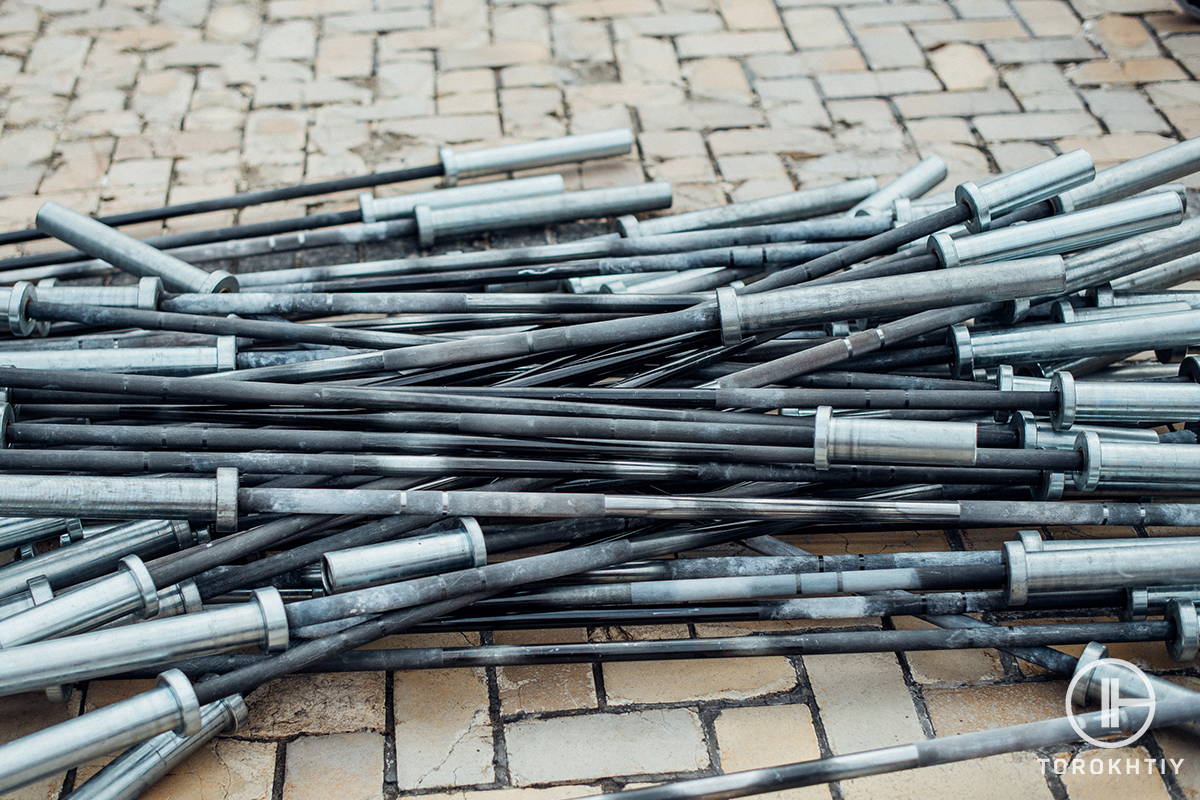
Our Recommended Standard Barbell – Sunny Health & Fitness Threaded Chrome Barbell
The Sunny Health & Fitness Threaded Chrome Barbell Bar is a lightweight and affordable choice for anyone starting their garage or home gym. With just 5 feet in length and around 13 pounds in weight, it’s easy to pick up and exercise with.
The bar fits standard 1-inch diameter screwable weight plates, which can be additionally secured using the star-shaped collar locks you’ll receive. It’s made of standard alloy steel found on most barbells and has a nice chrome finish on top.
The shaft features knurling on both sides, which is not commonly found on standard bars, especially at this price point. At 250 pounds maximum capacity, it’s perfect for beginners or those looking for a more lightweight and compact bar that fits most home-sized gym equipment.
What Is an Olympic Barbell?
When asked what is an olympic bar or barbell, the easiest way to describe it is a piece of weightlifting equipment primarily identified by its standardized characteristics. The main purpose of Olympic barbells and the reason why they have to adhere to strict sizing standards is their use in competitive environments and professional training. There are two recognized versions – the “male” and “female” Olympic barbells.
The male version is slightly longer, heavier, and has a higher weight capacity than the female. Olympic barbells must be made of steel and feature much higher maximum weight and tensile strength than standard barbells.
The main feature of the Olympic barbell is the mandatory rotating sleeves, which allow for a smoother motion and better balance during exercise. This increases the athlete’s maximum capacity while preventing common lifting injuries.
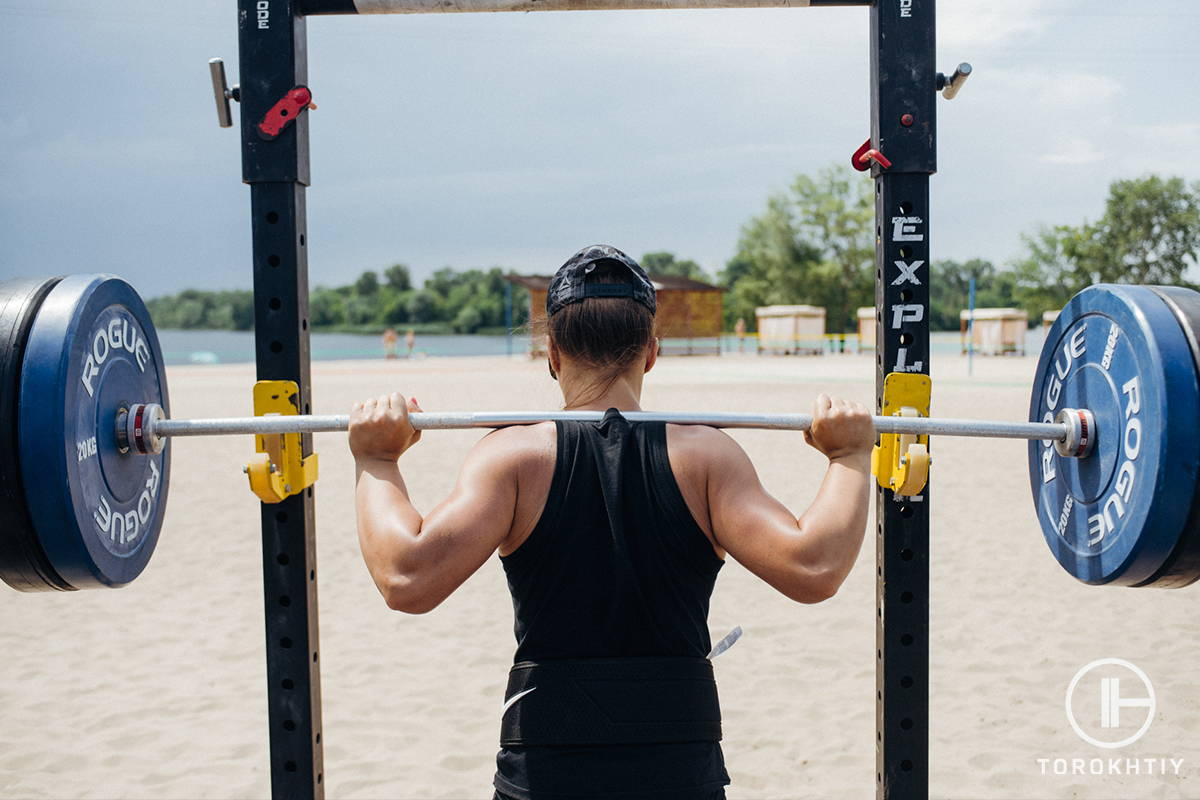
The main pros of Olympic barbells include, but are not limited to:
The main cons of Olympic barbells are:
Our Recommended Olympic Barbell – Cap Barbell the Beast (New Version)
The newest version of The Beast by Cap Barbell is a heavyweight male Olympic bar with excellent specs at a standard price point. It is built from cold-rolled Japanese alloy steel and has an impressive 1200-pound maximum capacity and 110,000 PSI.
The shaft is coated with a slick black phosphate finish, and the polished chrome sleeves allow for smoothly adding or removing weights. The bar features diamond-shaped medium-depth knurling hand grips designed to prevent slipping and provide a tight grip throughout the exercise.
Cap Barbell is a global pioneer in the fitness industry with over 30 years of experience, and The Beast is just the latest of their impressive products.
Olympic Barbell vs Standard Barbell Differences
1. Bar Dimensions
The first difference between Olympic and standard bar you’ll notice, is in the dimensions.
At first glance, Olympic barbells are longer than standard barbells.
A standard barbell size is typically between 5 and 6 feet in length, but this can vary between different manufacturers and the bar’s intended use.
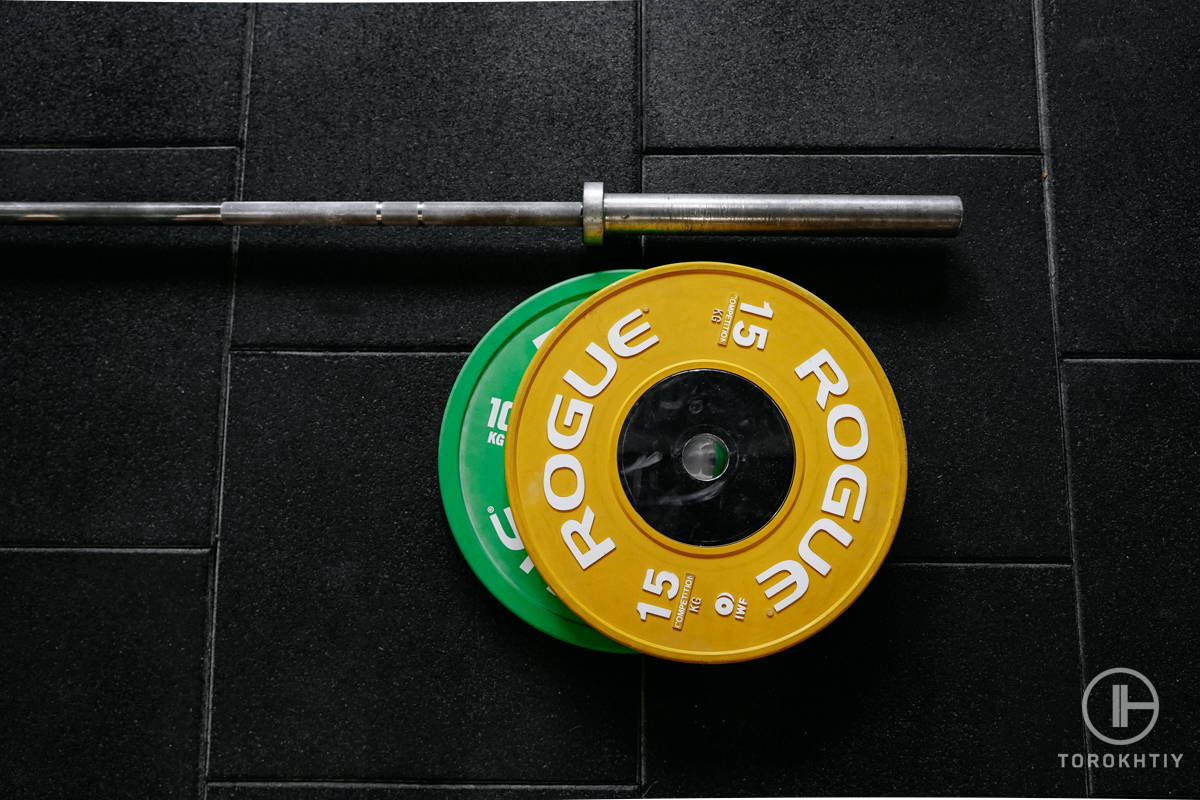
On the other hand, Olympic bars are made in accordance with the International Weightlifting Federation rulebook.
This means they stick to strict, standardized dimensions and can’t vary between brands.
The male Olympic barbell is 7.2 feet long, and the female Olympic barbell is 6.6 feet long.
2. Bar Weight
Olympic-size barbells have a standardized weight, while standard barbells can vary in weight.
Standard lifting barbells usually weigh around 30-35 pounds, but this is subject to change depending on the manufacturer and the main use of the bar.
Olympic barbells have two primary weight categories:
- The male version is roughly 44 pounds (20 kilograms)
- The female version is roughly 33 pounds (15 kilograms)
3. Bar Diameter
Olympic barbells have a strict diameter measurement.
The female bar is slightly thinner at 0.98 inches (or 25 millimeters) in diameter, while the male version is a common 1.1 inch (or 28 millimeters) thick.
A standard barbell is commonly referred to as the “one-inch” or “1-inch” bar because it’s typically one inch in diameter.
However, as the bar isn’t standardized, this doesn’t always have to be the case.
Standard bar manufacturers can make their adjustments, so there are even thinner and thicker (fat grip) bars out there.
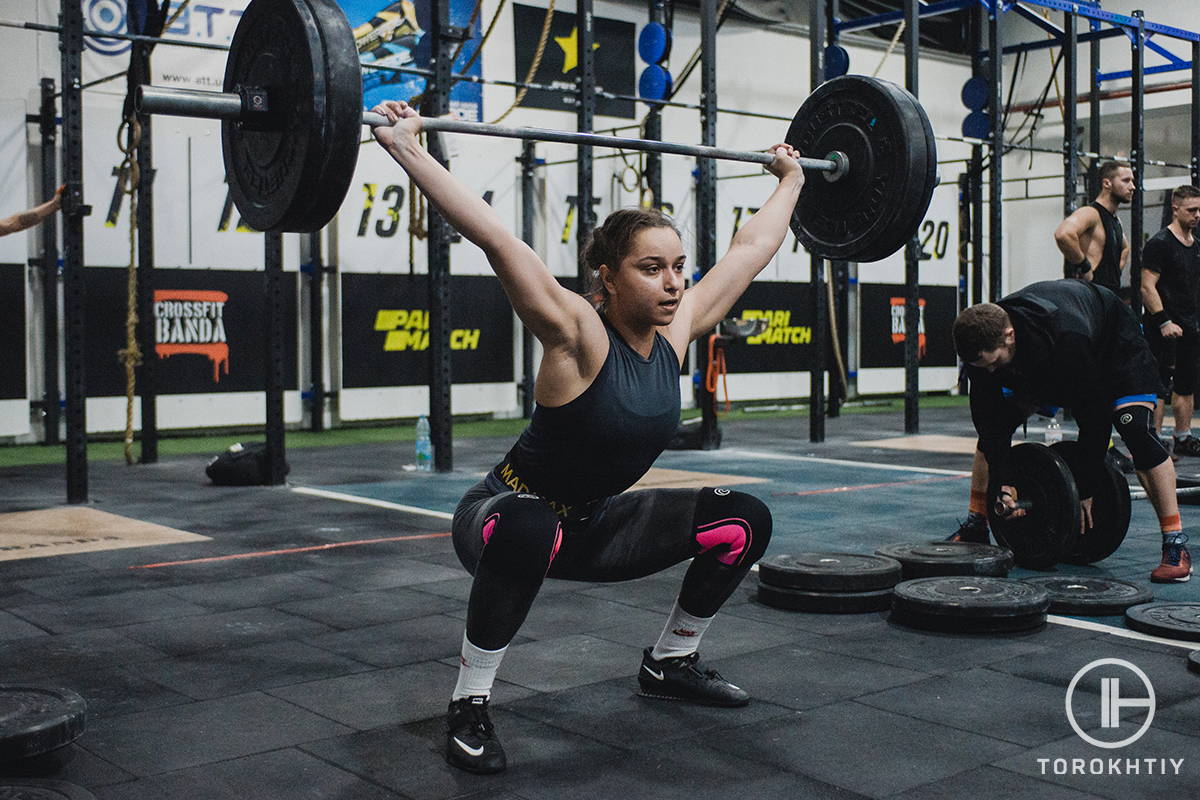
4. Build Quality
Typically, Olympic barbells are made from higher-quality materials than standard barbells.
This is because the Olympic bars need to adhere to a certain standard for use in weightlifting competitions, which requires them to have more durability and capacity than standard bars for regular gym or home use.
The usual competitive Olympic barbell is made from durable alloy steel, however, there are also higher-quality bars made of stainless steel – though they’re more expensive as well.
Olympic bars have a coated finish, such as zinc or chrome around the shaft and sleeve, to prevent rust and corrosion.
Standard barbells do not adhere to any quality standards, so they can vary in build quality significantly from brand to brand.
Similar to Olympic bars, most standard bars are made from some form of steel alloy, but there are also cheaper ones made from metals such as aluminum.
Standard bars can, but don’t have to, feature any coating finish, which can have a great impact on their total life cycle, but also change up the price.
5. Weight Capacity
On average, the weight capacity of Olympic barbells will be significantly higher than standard barbells.
The male Olympic bar can carry anywhere from 600 to 1,500 pounds, while the female version lands between 500 and 1,000 pounds.
Standard barbells can have varying weight capacities depending on the brand, but they’re typically much lower than Olympic ones.
They can go as low as 100 pounds, all the way up to 500 pounds, but rarely more than that.
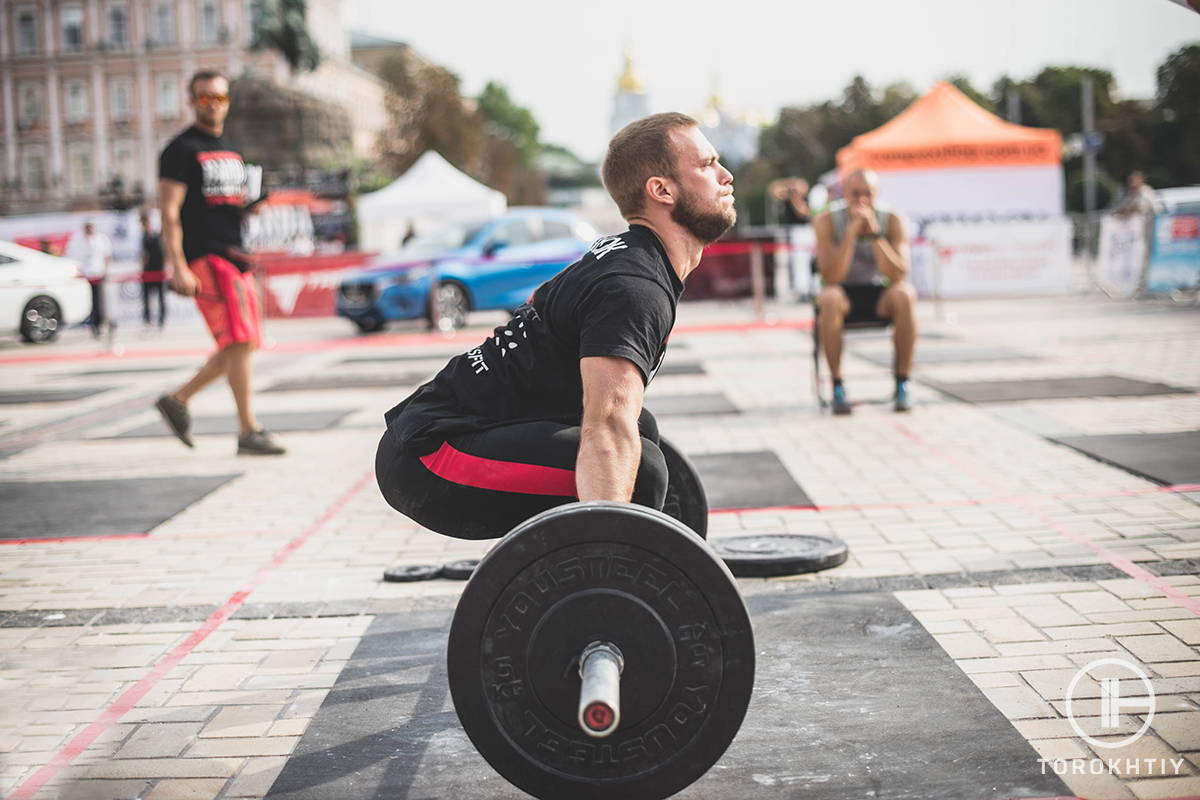
6. Tensile Strength
It’s not uncommon for barbells to bend when loaded near their maximum capacity.
That said, tensile strength refers to the maximum load a barbell can withstand before it breaks.
It’s measured in pounds per square inch, or PSI for short.
Olympic barbells have varying levels of PSI, usually from 100,000 to 190,000 depending on the build quality, although there are some that go as far as 250,000 PSI.
Although some standard barbells can withstand 100,000 or more PSI, the average is typically much lower than Olympic barbells.
This means the standard barbell is more likely to break during heavy-weighted exercises than an Olympic bar.
7. Sleeve Rotation
Olympic barbells are designed to rotate on the sleeves at the end of the bar, which allows for a smoother and more consistent lift throughout the exercise.
This characteristic reduces the amount of torque made by the plates, which provides a more secure grip.
This is especially good at preventing typical lifting injuries that might occur at your wrists, elbows, and shoulders, for example.
It also allows for higher maximum weight capacity, as it adds a bit of necessary balance to certain lifting exercises that require changing your arm position mid-motion, such as the Clean and Jerk.
Standard barbells have fixed sleeves, which typically feature threaded ends for screwing on the weight and locker.
8. Sleeve Size
The end sleeves for weight placement on Olympic bars are 15.5 inches in length on male bars and 13 inches in length on female bars.
Slight variations exist depending on the manufacturer, but they’re not considered significant enough to have an impact on the athlete’s performance.
Similar sleeve lengths are common on standard bars as well, however, their sizing is not fixed and can have noticeable variations from brand to brand.
All Olympic bars have the same distance between sleeves at 51.5 inches, so you can easily know if they’ll fit on gym equipment such as squat racks or bench barbell hooks.
In terms of diameter, both male and female Olympic bars are the same at 50 millimeters, or roughly 1.9 inches.
This is so both versions can fit the typical Olympic weight size.
Standard barbells can have varying sleeve diameters, and more often than not they’re significantly thinner than Olympic ones.
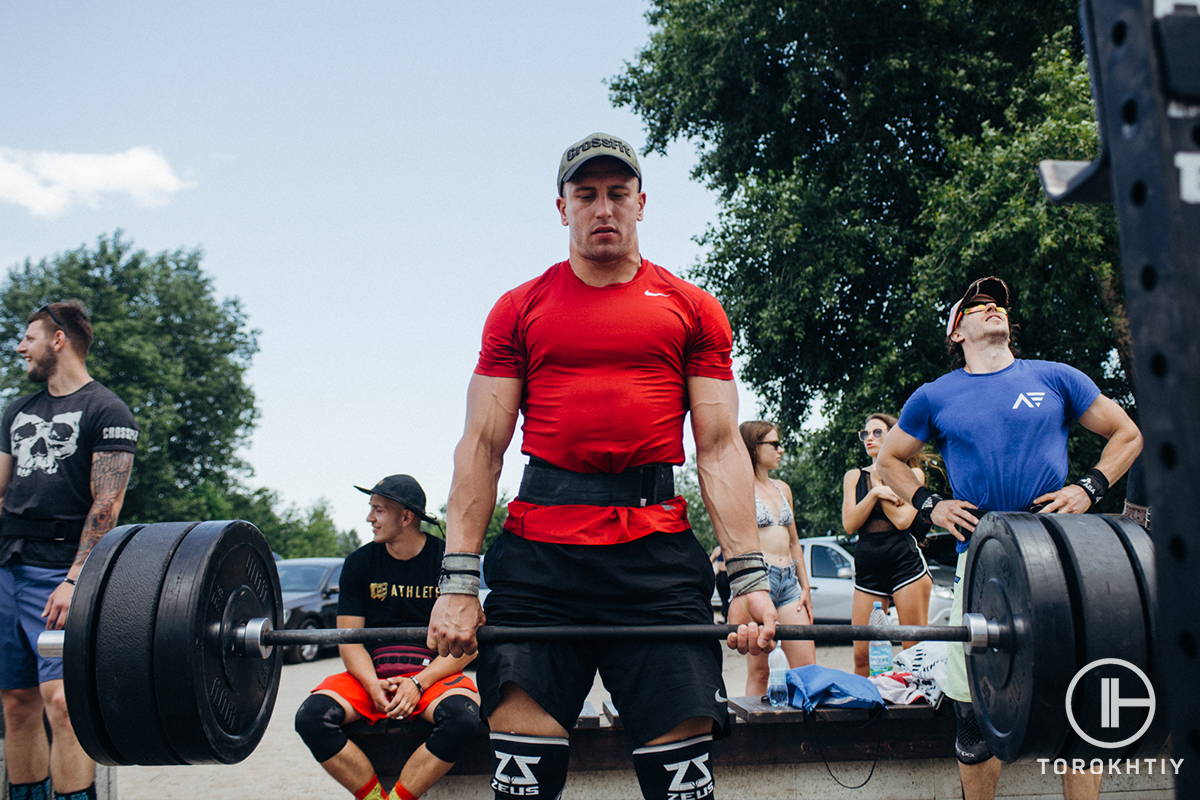
9. Weight Plates Size
The difference between olympic and standard weights is in their inner diameter.
Standard weights plate have a smaller inner diameter, typically at around 1.1 inches, although size can vary from brand to brand.
This means that, if you’re not careful with your measurements, your standard weights may not fit your standard barbell as well as they should.
Usually, you can avoid this by sticking to the same manufacturer, but that also limits your purchase options.
For example, if you’re unhappy with one brand of weights and want to transition, you may end up having to buy an entirely new bar.
On the other hand, Olympic barbells don’t have that problem.
The inner diameter on Olympic weights is a standardized 2 inches (or around 51 millimeters).
This means that no matter which brand you get, the Olympic weights will always fit your Olympic bar.
Additionally, if one manufacturer doesn’t have all the weight options you’d like to have, you can add weights from a different manufacturer and do not have to worry if they will fit the bar.
10. Weight Plates Material
Another difference between Olympic weights vs standard ones is their build material and quality.
Standard weights not only come in various shapes and sizes, but they’re made from different materials as well.
They can be found made with everything from variations of plastic or metal, and sometimes even fragile materials like stone or concrete.
There’s also a difference in the finish when it comes to Olympic plates vs standard plates.
All Olympic plates are coated in rubber, and this characteristic gives them the nickname bumper plates.
Bumper plates are much more forgiving when it comes to protecting your surroundings, as dropping them will make them bump or bounce off the ground and reduce impact and noise.
A falling bumper plate won’t do as much damage to your home or garage gym floor like a metal plate would, for example, and it also won’t break as the plastic or concrete one can.
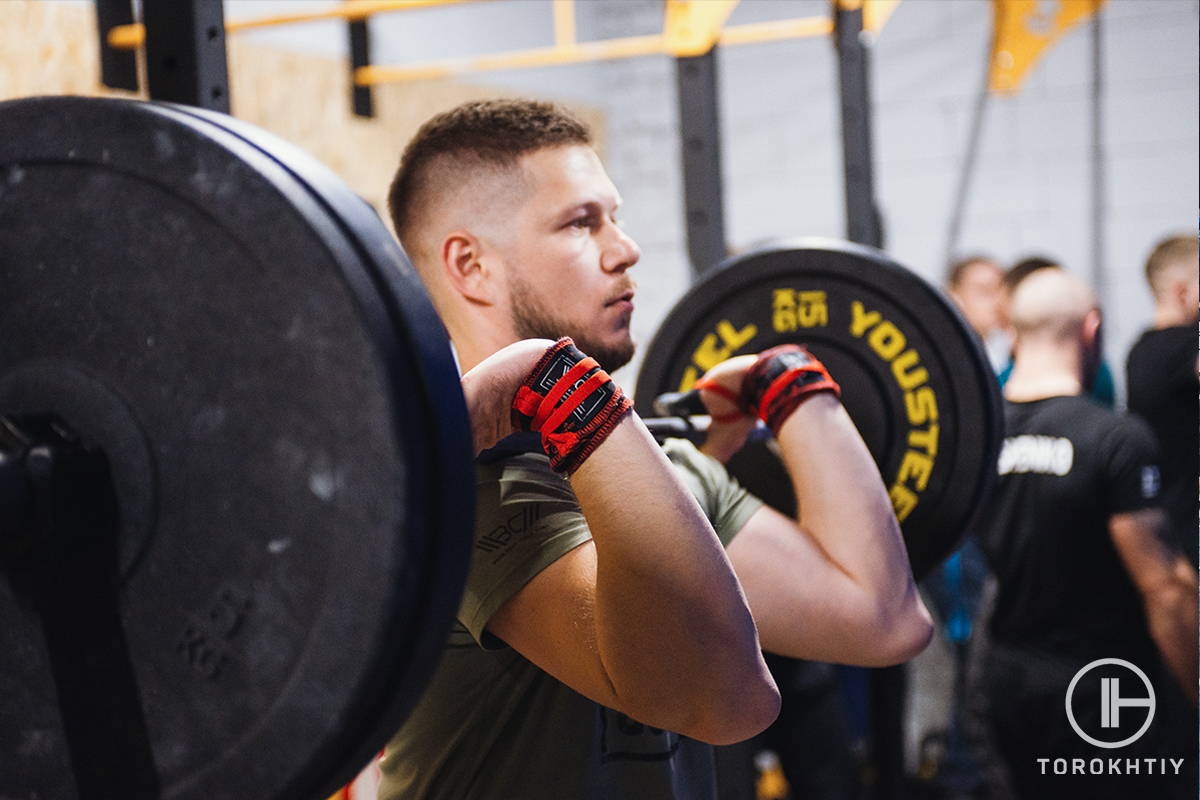
11. Knurling
Another difference between a standard vs olympic barbell is the knurling.
Olympic barbells feature mandatory knurling patterns around the shaft to improve grip.
The female Olympic bar has two knurling patterns on the left and right sides.
The male bar has an additional knurling pattern in the middle, and sometimes the side knurling features breaks in the pattern called knurling marks, which are used for measuring arm spread and easier hand positioning.
With standard barbells, knurling will depend on from brand to brand.
Some manufacturers won’t add any knurling to the bar, while others might follow an Olympic bar pattern or even create their own, depending on the bar’s intended use.
12. Professional Use
Olympic barbells are mandatory for all Olympic weightlifting competitions across the globe.
They’re used in basically all weightlifting and powerlifting competitions, both in professional and amateur circuits.
If you want to train like the pros and compare your results to some of the world’s strongest athletes, you want to stick to Olympic bars.
That way, if you ever plan on going competitive, you always prepare with the right equipment.
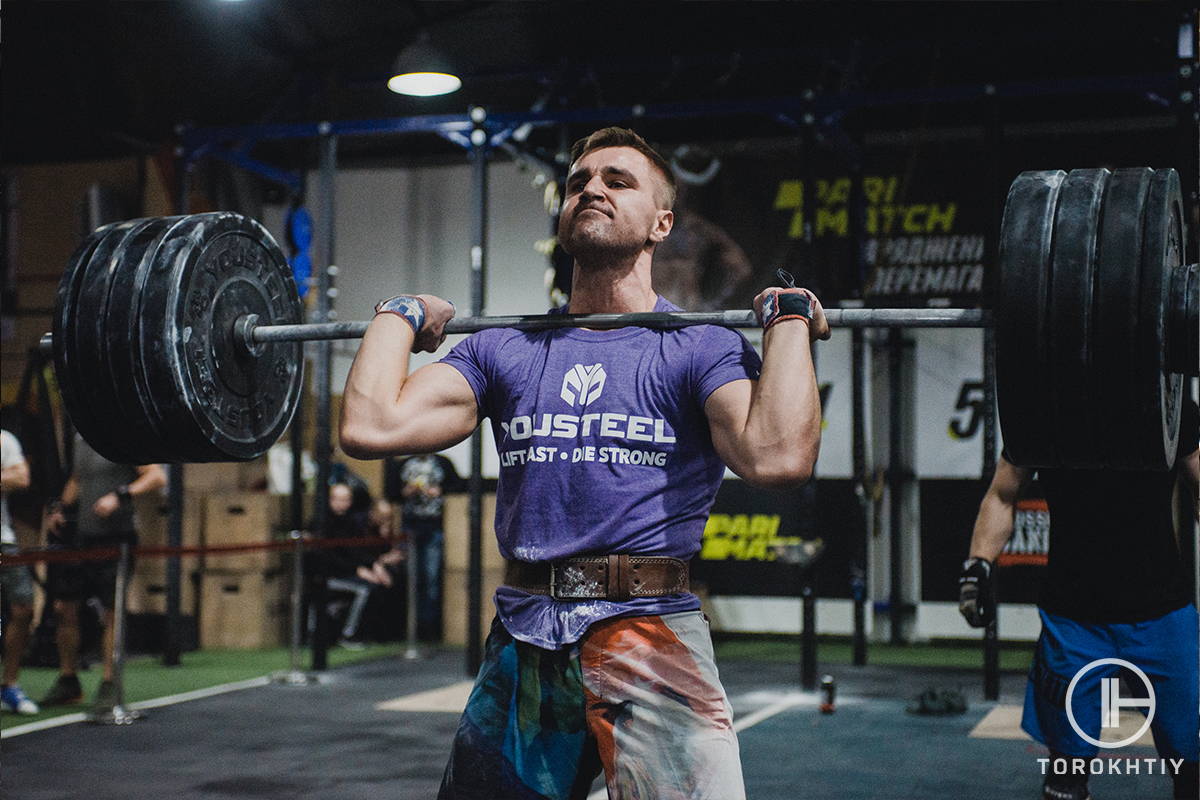
13. Price Difference
Barbell prices vary from brand to brand, however, standard barbells will typically cost less than Olympic ones.
This may sway your purchase if you’re on a budget, however, there are plenty of affordable Olympic barbells as well.
FAQ
Can I Use An Olympic Bar On A Standard Bench?
Standard weight benches come in various shapes and sizes depending on the brand.
Olympic barbells are typically longer than standard barbells, so more often than not they will fit a standard bench.
However, how well they can fit and whether they will rest well on the hooks will depend on the measurements of the bench.
What Size Is A Standard Olympic Barbell?
A standardized Olympic barbell is 7.2 feet in length.
Of that, the shaft is roughly 51.5 inches in length, while the sleeves are around 15.5 inches.
The shaft diameter is 1.1 inches (or 28 mm) and the sleeve diameter is 1.9 inches (50 mm).
Why Are Olympic Weights Better Than Standard?
Olympic weight plates are better than standard weight plates due to mandatory rubber coating that reduces the impact from falling and protects both the plate and your surroundings.
Additionally, Olympic plates have a standardized inner diameter, so they will always fit an Olympic barbell.
Conclusion
Barbells are essential workout equipment to have in your garage or home gym, whether you’re a pro athlete or beginner fitness enthusiast.
When comparing an Olympic barbell vs standard barbell, we can see that each has its strengths and weaknesses.
Standard barbells have their uses, however, Olympic bars have many benefits that beat them out in comparison.
Between the standardized dimensions, rotating sleeves, and professional feel, we highly recommend using Olympic barbells.
Do you use barbells when you exercise? If so, do you use a standard or Olympic barbell? Share your experience in the comments, and remember to follow me on social media for more workout tips and product reviews.
Also Read:
- How Much Is a Barbell
- Types of Weight Bars
- Types Of Squat Bars
- How Much Does a Trap Bar Weigh
- Trap Bar Deadlift
- Barbells or Dumbbells
- Barbell Buying Guide
References:
- TECHNICAL AND COMPETITION RULES & REGULATIONS // IWF: https://iwf.sport/wp-content/uploads/downloads/2020/01/IWF_TCRR_2020.pdf
- Olympic weightlifting // Wikipedia: https://en.wikipedia.org/wiki/Olympic_weightlifting
- Standard vs Olympic Weight Plates: What is the Difference? // Lifespanfitness: https://www.lifespanfitness.com.au/blogs/fitness-blogs/standard-vs-olympic-weight-plates
- How Much Weight Can a Barbell Hold // Homegymhideaway: https://homegymhideaway.com/how-much-weight-can-a-barbell-hold/
- Olympic Barbells vs Standard Barbells: Which One Should You Choose?// Theworkoutdigest: https://theworkoutdigest.com/olympic-barbells-vs-standard-barbells/
Why Trust Us?
With over 20 years in Olympic weightlifting, strength training, nutrition coaching, and general fitness our team does its best to provide the audience with ultimate support and meet the needs and requirements of advanced athletes and professional lifters, as well as people who strive to open new opportunities and develop their physical capabilities with us.
By trusting the recommendations of our certified experts in coaching, nutrition, and sports training programming, as well as scientific consultants, and physiotherapists, we provide you with thorough, well-considered, and scientifically proven content. All the information given in the articles concerning workout programming, separate exercises, and athletic performance, in general, is based on verified data.
The product testing process is described in more detail here.
Author: Ihor Shymechko
Pro Olympic Weightlifter, Coach
Best Results: Snatch – 208 kg,
C&J – 240 kg
Ihor has been a professional weightlifter since 1996, boasting over two decades of competition experience. His notable achievements include clinching the European Championship in 2009 and securing a silver medal in the 105kg division at the Senior World Championships in 2011. Ihor represented his country in the 2008, 2012, and 2016 Summer Olympics. After retiring from competitive weightlifting, he transitioned to coaching, leveraging his vast experience to guide athletes who now compete on both national and international stages.



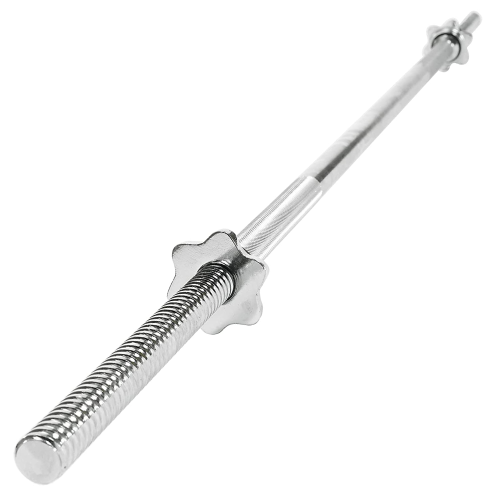
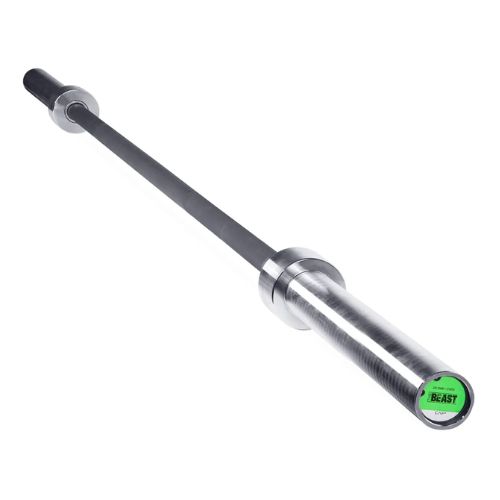
Still have questions after reading our article? Unlock your full potential by engaging with our experts and community! Don’t hesitate — leave a comment below and Ihor Shymechko will provide a personalized answer and insights to help you reach your goals.